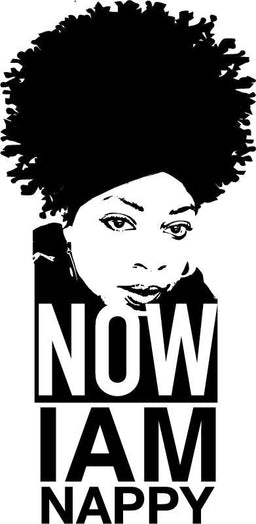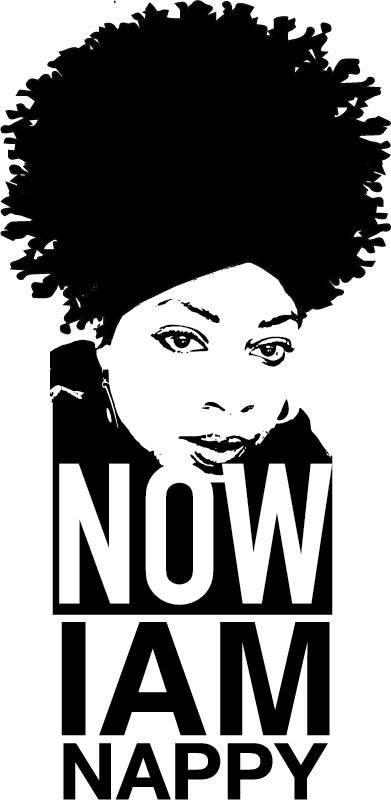Last week we learned the importance between hydrating vs moisturizing ingredients. However, lets take a loot an investigate our current products to see what makes up a moisturizer, focusing on the ingredients that are key to help you choose the best moisturizer for your hair. A great moisturizer not only hydrates the skin but offers protection or a barrier to lock in the moisture formulated with three key ingredients-humectants, emollients and/or occlusives.
What are Humectants?
Humectants are a moisturizing agent that contain several hydrophilic or water loving groups. Humectants work by attracting water from the environment and binding it into your hair, bringing moisture inside. Humectants are crucial ingredients when formulating for dry hair and skin, they feel sticky to the touch
Common humectants include
· vegetable glycerin
· honey/honeyquat
· panthenol
· sodium lactate
· glycol, sorbitol
· hyaluronic acid
· lecithin
· plant gels-aloe vera, slippery elm, marshmallow root,
· hydrolyzed proteins- amino acids, collagen,
Glycerin or glycerol is a special humectant- people either really love it or hate it, some say it makes their hair feel dry while others, enjoy all the moisture. Gylcerin is a sugar alcohol and is a small molecule with minimal places to bind water that also makes it easier to lose water then other larger molecules. Therefore, when the weather is drier, some people feel their hair becomes dry, however when the weather is humid, glycerin can absorb water quickly causing our hair to expand. If you want to use a humectant but don’t like glycerin, try using plant gels. Plant gels are lighter film- forming humectants such as flax seed, okra, pectin, and hydrolyzed proteins.
What products are film-forming humectants best in? Conditioners, leave-in conditioners, hair styling products, shampoos. Hydrolyzed proteins will stay with your hair even if they were used in a rinse-out conditioner. But with most non-protein film-formers, you need to leave them in your hair to have them work the best at sealing in that water. Another alternative is to use oils- which bring us to our next topic
Emoillents are lubricating and film-forming and help smooth, soften and seal the hair cuticle. They are hydrophobic or water-repelling ingredients which prevent loss of water from your skin and hair. Most emollients also help to nourish the skin, think of them as healthy food for the hair or skin, by filling in the cracks or holes in our hair. The selection of emollients used in a formula can greatly affect the way a finished product feels on our hair. Common emollients include butters, oils, esters, lipids, and fatty acids. The lipids and oils can be stand-alone products such as– jojoba, grapeseed, shea butter, mango butter, ceramides. Emollients can also be fatty acids which are also used as emulsifying agents in our hair care products. Emulsifiers are ingredient stabilizers that help blend together ingredients that do not mix- think oil and water. These are some of the common fatty acids or emollient found in your conditioners:
Cetyl alcohol
Cetearyl alcohol
Stearic acid
Stearyl alcohol
linoleic acid
palmitic acid
pantothenic acid
Occlusives – occlusive can be emollients as they also form a hydrophobic or water-repelling barrier to prevent loss of water from your skin and hair. These tend to be heavier ingredients or sealants that help lock in moisture such as:
Oils (vegetable/seed/plant oils and mineral oil)
Petrolatum
Dimethicone and silicones
Triglycerides
Squalene
Isopropyl Palmitate (can irritate skin or cause acne breakouts)
Butters (shea, cocoa, avocado)
Waxes (jojoba, beeswax)
Cholesterol
Ceramides


